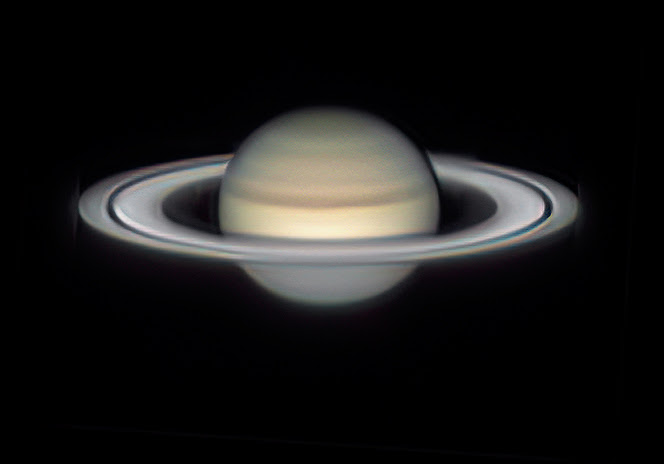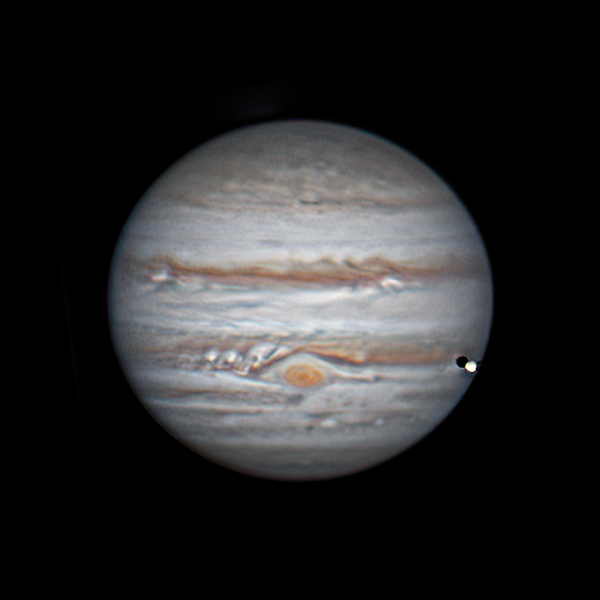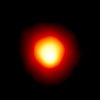By Erich Karkoschka

Venus is setting around 8 pm. It is only visible for a short time right after sunset. It is slowly getting better visible.

Saturn has its opposition on September 7 (opposition means it is opposite of the Sun from Earth, is usually at its closest to Earth, and is visible all night). Its rings are only 4 degrees open..

Neptune is 10 degrees east of Saturn. It comes into opposition September 20.
Uranus is now rising before midnight, 6 degrees south of the Pleiades.

Mars is rising around 1 am. It passes 5 degrees north of Aldebaran on August 4. Both are first magnitude with similar orange color.

Jupiter in Taurus gets passed by Mars only .3 degrees to the north on August 14. This means you can see both planetary disks in a telescope in the same field of view.

Mercury has a good but short morning visibility from August 29 to September 19. On September 9 it passes .5 degrees north of Regulus. While Mercury is easily visible, Regulus is 2 magnitudes fainter and close to the limit of visibility.

The Moon passes 1 degree north of Venus on August 5, 1 degree south of Antares on August 13, .5 degrees from Saturn on August 20. It is near Mars and Jupiter on August 27, near Mercury on September 1, and near Venus again on September 4. It occults Saturn on September 17 from 4:14 to 5:04 am. The same evening brings a small partial lunar eclipse right after sunset, from 7:12 to 8:17 pm (PDT or Tucson MST) September 17. Visible throughout the U.S.

The Perseid meteor shower peaks around August 12. Best viewed from a dark site in the early morning hours, but you may see some during the evening hours.

T Coronae Borealis COULD become a bright nova during these two months. Look for it in the Corona Borealis constellation, which is a curve of stars high to the west early evening (highest at 6 pm and setting around 1:42 am). It is near the constellation of Bootes (which looks like a kite or ice cream cone and is anchored by the bright star Arcturus (find Arcturus by following the arc of the handle of the Big Dipper to Arcturus — “Arc to Arcturus”) T Coronae Borealis is to the south of the upper star in the constellation (furthest away from the brightest “Alpha Star” constellation star). If it goes Nova, it will become very bright for a short period of time (probably a few days). It will outshine the Alpha star. Watch for news then go spot it. It will appear very bright. Last time it went Nova was in 1946. T Coronae Borealis is a double star (cool red giant and a hot white dwarf).

